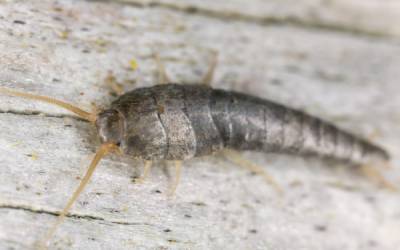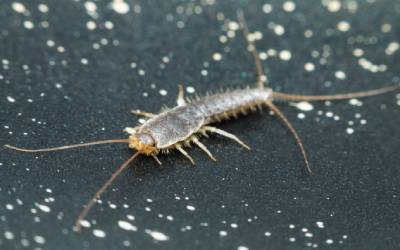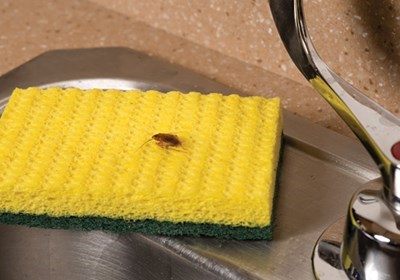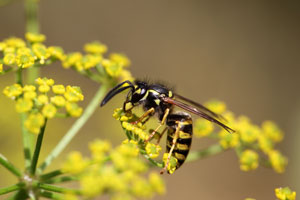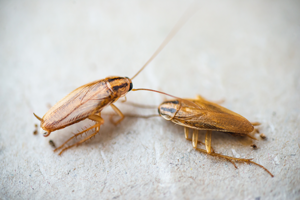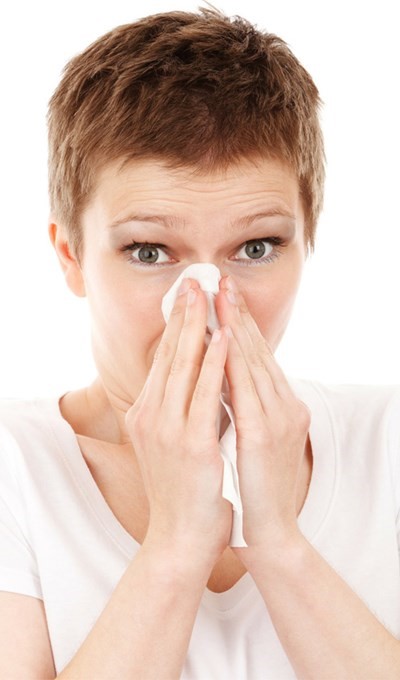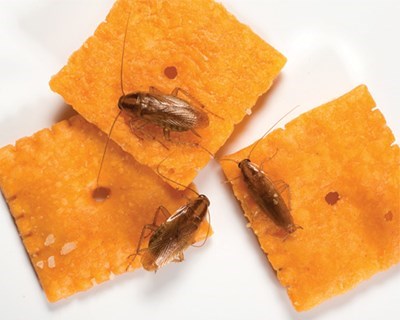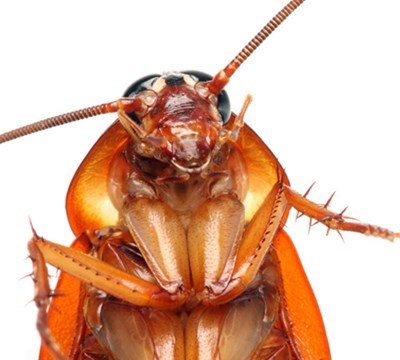There are many reasons why a pest infestation might develop inside your home, but one of the main contributors to bug outbreaks is excess humidity. Some of the main culprits that hang around in humid environments are silverfish, millipedes, centipedes, and cockroaches. In extremely humid cases, mosquitoes and fleas could also start to breed in your bathroom, crawl spaces, or other places where standing water pools up. In addition to setting up a dehumidifier, having a pest control company come and treat your property is the best way to attack a humid pest breeding ground. Read on to learn more with the expert technicians at Batzner Pest Control!
How Does a Dehumidifier Help with Pests?
Humidity levels and excess moisture may increase the number of pests you see crawling around your house. This could come in the humid summers or the rainy winters. If you’re currently experiencing pest problems stemming from unknown causes, one thing you can consider is investing in a dehumidifier to keep the humidity level down in your house. Here are four things a dehumidifier will do for your home:
- Prevent mold growth inside your home
- Minimize condensation contributing to pest infestations
- Deter bugs that breed in standing water pools
- Alleviate allergies triggered by pests that moisture attracts
Professional Advice: Do Dehumidifiers Really Work?
Karl Rowell, Quality Assurance and Safety Manager, explains, “Moisture, in general, can be a very conducive environment for bugs. Running a dehumidifier reduces the favorable conditions in your home.” Placing a dehumidifier within your home can alleviate pest activity, especially in your basement, bathroom, and even crawl spaces. Dehumidifiers work to remove moisture from the air, creating a drier environment that is less conducive to pest survival. This will keep out pests like silverfish, roaches, and more that are attracted to moisture, and it will also prevent these pests’ predators from developing a presence in your home.
Moisture Pest Control in Wisconsin
If you’re dealing with pests and can’t figure out where they’re coming from, a likely cause of your outbreak is moisture buildup. If you can’t find your infestation’s source or your dehumidifier is failing to protect your home from pests, reach out to your local exterminators. At Batzner Pest Control, we train our technicians to conduct exhaustive inspections, checking for every possible contribution to your pest problem. For a free quote, reach out to our team today!

